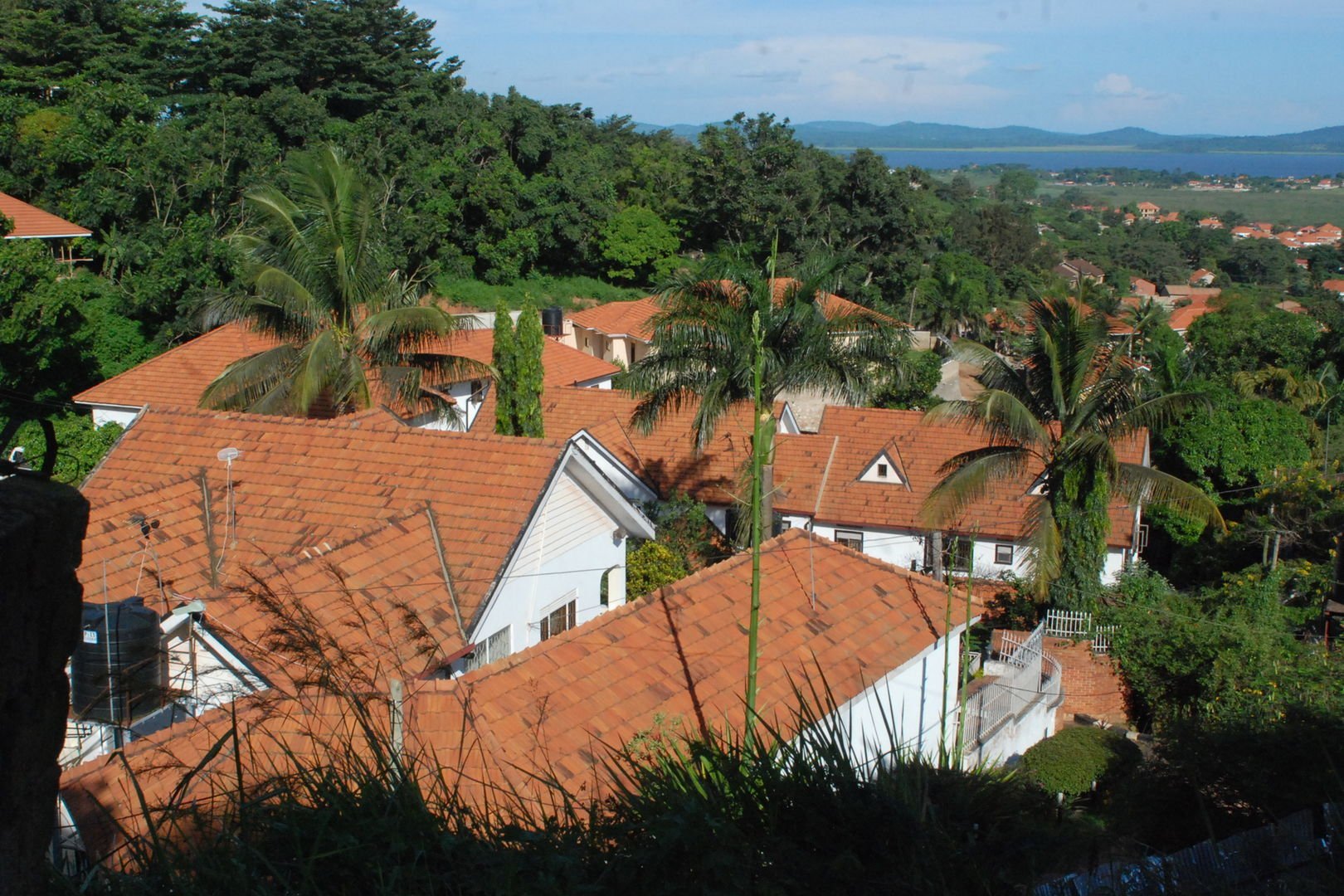Prime
Here are Kampala areas with most expensive rentals

Although some parts of Kirinya, Bweyogerere and Kyaliwajjara have upscale homes which might be a bit costly, the area also has middle class homes, apartment buildings and hotels. PHOTO/FILE
What you need to know:
- Residential property prices in these prime areas rose by 16 percent in the first quarter of the 2024/25 financial year, compared to 6.9 percent in the fourth quarter of 2023/24
Kampala Central and Makindye divisions have the highest residential property prices, according to the latest Uganda Bureau of Statistics (Ubos) report, which tracks inflation through the residential property price index.
The report indicates that residential property prices in these prime areas rose by 16 percent in the first quarter of the 2024/25 financial year, compared to 6.9 percent in the fourth quarter of 2023/24.
Mr Christopher Asigwire, a senior statistician at Ubos, attributed the price increases to high demand for residential properties in these prime areas.
"Residential properties in Kawempe and Rubaga saw a slight rise of 2.6 percent in the first quarter of 2024/25, compared to a decline of 1.2 percent in the previous quarter," he said.
In Nakawa, property prices increased by 0.7 percent, recovering from a 0.7 percent decline in the previous quarter.
Wakiso District, however, registered a 0.5 percent decline in the first quarter of 2024/25, compared to a 2.3 percent increase in the previous quarter.
The report also highlighted a decrease in construction inflation, which dropped to 1.5 percent in August, down from 1.8 percent earlier in the year.
This decline was mainly attributed to inflation in inputs for specialised construction activities, which stood at 1.1 percent in August, compared to 1.5 percent in July.
Costs and inflation
Ms Irene Musiitwa, a senior statistician in the construction sector at Ubos, explained that the main driver of construction inflation was costs related to demolition and site preparation, which dropped to 2.5 percent in August, down from 3.6 percent in July.
"Inflation for building and finishing materials also declined slightly, registering 0.5 percent in August, compared to 0.6 percent in July," she added.
Construction sector inflation for civil engineering and utility projects decreased as well.
Inputs for civil engineering works were recorded at 1.2 percent in August, compared to 1.5 percent in July, largely due to a significant drop in inflation for utility project construction, which fell to 0.1 percent in August from 1.5 percent in July.
The report also noted a 1.4 percent reduction in inflation for the construction of railways and roads, down from 1.5 percent in July.



